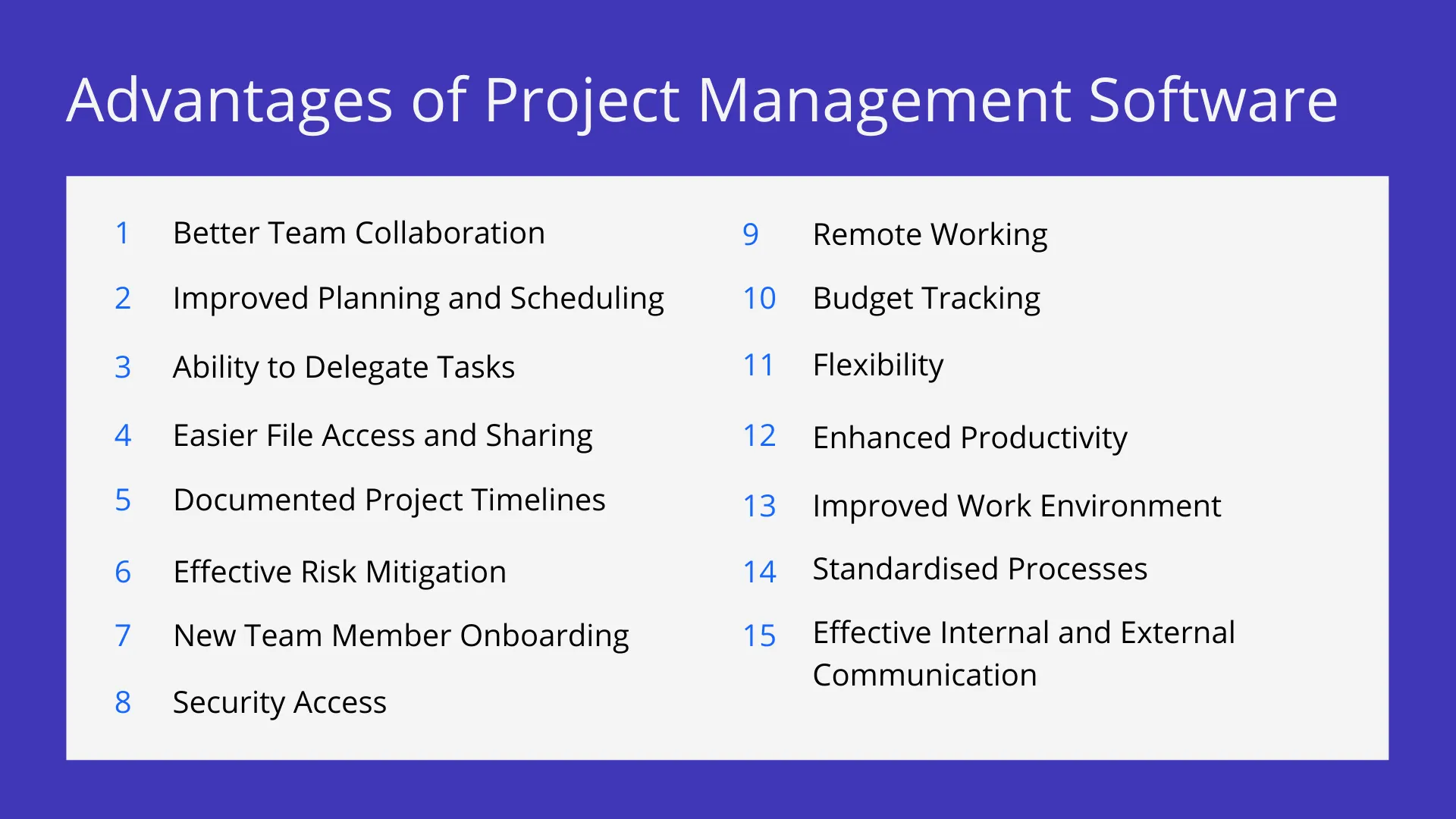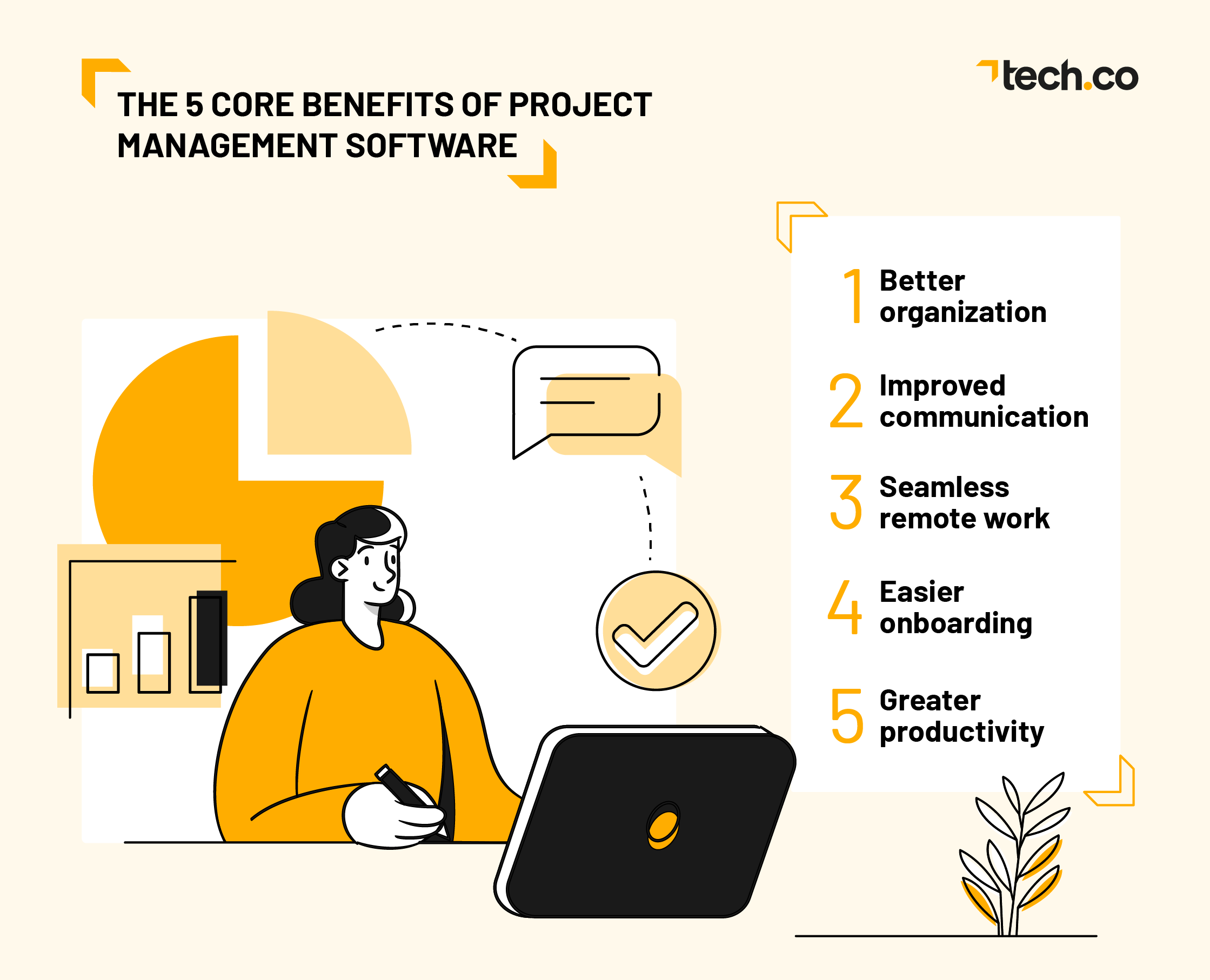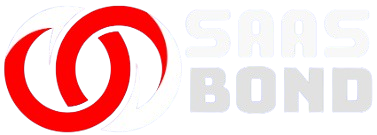Using project management tools can save time and improve organization. These tools help teams work better and achieve goals efficiently.
In today’s fast-paced world, managing projects can be challenging. Deadlines, tasks, and resources must all align perfectly. This is where project management tools come into play. They offer a structured way to handle projects, ensuring nothing falls through the cracks.
These tools provide clear timelines, assign responsibilities, and track progress effortlessly. As a result, teams stay focused and productive. Understanding the benefits of using these tools can transform how you manage projects, making your work smoother and more successful. So, let’s explore the key advantages and see how they can help you and your team.

Credit: tivazo.com
Improved Collaboration
Improved collaboration is a significant benefit of using project management tools. These tools provide a unified platform, making it easier for team members to work together. They streamline communication and ensure everyone has access to the same information.
Real-time Communication
Project management tools enable real-time communication. Team members can chat, share updates, and ask questions instantly. This reduces the time spent on emails and meetings. It also ensures everyone stays informed and connected.
Centralized Information
With project management tools, all project information is centralized. Documents, timelines, and tasks are stored in one place. This makes it easy for team members to find what they need. It also reduces the risk of lost information.
Centralized information also means better record-keeping. Teams can track progress and review past work. This helps in maintaining consistency and improving future projects.

Credit: tech.co
Enhanced Productivity
Using project management tools can significantly enhance productivity. These tools streamline workflow, minimize errors, and save time. Below are key ways project management tools improve productivity.
Task Automation
Task automation is a major benefit of project management tools. They automate repetitive tasks, reducing manual work. This allows team members to focus on more critical tasks. Automation can handle tasks like:
- Sending reminders
- Updating statuses
- Generating reports
This reduces human error and ensures tasks are done on time. For example, a project management tool can automatically send a reminder about a pending task. This keeps the team on track and reduces delays.
Time Tracking
Time tracking features in project management tools help monitor how time is spent. It provides insights into project progress and efficiency. Key benefits include:
- Identifying time-wasting activities
- Ensuring tasks are completed within deadlines
- Improving future project planning
A time tracking tool can log hours spent on each task. This helps managers understand where improvements are needed. It also ensures that team members are accountable for their time.
In summary, task automation and time tracking are crucial for enhanced productivity. Project management tools make these processes seamless and efficient.
Better Project Planning
Better project planning is key to successful project management. Project management tools help you plan projects in a detailed way. These tools break down tasks, set timelines, and manage resources. They help you stay on track and meet deadlines. Effective planning ensures your project runs smoothly and meets its goals. Let’s explore some features that aid in better project planning.
Gantt Charts
Gantt charts show a visual timeline of your project. They break down tasks and show their duration. You can see task dependencies and how tasks overlap. This helps in allocating resources effectively. You can adjust timelines to meet deadlines. Gantt charts make it easy to track progress. They provide a clear picture of the project’s status.
Milestone Tracking
Milestone tracking helps in marking key points in a project. Milestones are significant events or achievements. They act as checkpoints. Tracking milestones helps you measure progress. It ensures you are on track to meet your goals. Milestones keep the team motivated. They provide a sense of achievement as you complete each phase. This feature helps you manage time and resources efficiently.
Resource Management
Resource Management is a critical aspect of project management. Effective resource management ensures that the right resources are used at the right time. This leads to more efficient and successful project completion. Using project management tools can greatly improve resource management. These tools offer features that help in resource allocation and workload balancing.
Resource Allocation
Proper resource allocation is key to project success. Project management tools help assign the right tasks to the right people. This ensures that team members work on tasks that match their skills. These tools offer visual representations like Gantt charts. These charts help in understanding who is working on what. This helps in avoiding resource conflicts and ensures smooth workflow.
Workload Balancing
Workload balancing is crucial to prevent burnout and maintain productivity. Project management tools help in monitoring team members’ workloads. They provide a clear picture of who is overburdened and who has capacity. This helps in redistributing tasks fairly. Balanced workloads lead to happier and more productive teams. These tools also help in setting realistic deadlines. This ensures that no one is overwhelmed with too much work at once.
| Feature | Benefit |
|---|---|
| Visual Task Assignments | Clear understanding of responsibilities |
| Gantt Charts | Visualize task timelines and dependencies |
| Workload Monitoring | Prevent burnout, ensure fair task distribution |
Risk Management
Risk management is a crucial part of any project. It helps identify potential problems before they happen. Using project management tools can improve risk management. These tools help with both risk identification and mitigation strategies. Let’s look at how they help in these areas.
Risk Identification
Project management tools help in risk identification. They offer features like:
- Task tracking
- Milestone setting
- Resource allocation
These features help spot potential risks early. For example, task tracking helps identify tasks that are falling behind schedule. Milestone setting helps see if the project is on track. Resource allocation shows if there are enough resources for the tasks.
Mitigation Strategies
Once risks are identified, the next step is to manage them. Project management tools offer various mitigation strategies. Here are some key features:
- Risk assessments
- Contingency planning
- Communication channels
Risk assessments help evaluate the impact of each risk. Contingency planning provides backup plans for potential issues. Communication channels ensure all team members are informed about the risks and plans.
Using these tools, teams can create a plan to handle risks. This helps in reducing the impact of these risks on the project.
Budget Management
Managing a project’s budget is crucial for success. Project management tools help you stay on track. They offer features to estimate costs and track expenses effectively.
Cost Estimation
Accurate cost estimation is key. Project management tools help predict costs. They consider all variables. Labor, materials, and other resources are included. This allows for better planning and fewer surprises.
Expense Tracking
Keeping track of expenses is essential. Project management tools monitor spending in real-time. You can see where your money goes. This helps avoid overspending and ensures the budget is used wisely.
Improved Accountability
Project management tools offer numerous benefits, one of which is improved accountability. These tools help team members stay responsible for their tasks and ensure projects run smoothly. Let’s explore how role assignments and progress monitoring play a crucial role in enhancing accountability.
Role Assignments
Assigning clear roles to team members is vital for a project’s success. Project management tools help you define roles and responsibilities efficiently. Here’s how:
- Task Distribution: Managers can allocate tasks based on individual skills.
- Clarity: Everyone knows what they need to do.
- Ownership: Team members take ownership of their tasks.
These tools make it easy to see who is responsible for what. This transparency ensures everyone stays accountable.
Progress Monitoring
Monitoring progress is essential to keep a project on track. Project management tools offer features to help you do this:
- Real-Time Updates: Team members can update their task status instantly.
- Visual Dashboards: Managers can see progress through charts and graphs.
- Alerts: Notifications keep everyone informed about deadlines.
These features help managers identify bottlenecks and address issues quickly. This continuous monitoring ensures tasks are completed on time, keeping the project on schedule.

Credit: www.profit.co
Enhanced Reporting
Project management tools offer many benefits. One of the key advantages is enhanced reporting. Good reporting helps you track progress and make better decisions. It keeps everyone on the same page. Let’s look deeper into the aspects of enhanced reporting.
Custom Reports
Custom reports allow you to tailor information. You can focus on what matters most. Need to see budget details? Create a report for it. Want to check the team’s task completion rates? Generate a specific report. Custom reports save time. They provide clear insights quickly.
Data Visualization
Data visualization makes complex data easy to understand. Charts, graphs, and dashboards show information visually. This helps you see trends and patterns at a glance. Visual tools make reports engaging. Team members can grasp the data quickly. It helps in making informed decisions faster.
Frequently Asked Questions
What Are Project Management Tools?
Project management tools are software applications. They help teams plan, execute, and manage projects efficiently. They enhance collaboration and productivity.
How Do Project Management Tools Help?
These tools streamline project planning and execution. They improve communication, track progress, and allocate resources effectively. They also reduce project risks.
Why Use Project Management Tools?
Using these tools enhances team collaboration. They ensure deadlines are met and resources are used efficiently. They also provide real-time updates.
What Features Do Project Management Tools Offer?
Project management tools offer task management, scheduling, and resource allocation features. They include communication tools, reporting, and document sharing capabilities.
Conclusion
Project management tools offer many benefits. They simplify complex tasks and improve teamwork. Deadlines become easier to meet. Teams can track progress in real-time. Communication improves, reducing misunderstandings. Resources are managed more effectively. Overall, these tools boost productivity and efficiency.
Investing in project management tools is a smart choice. They help you stay organized and on track. Make your projects run smoothly with these powerful tools.
